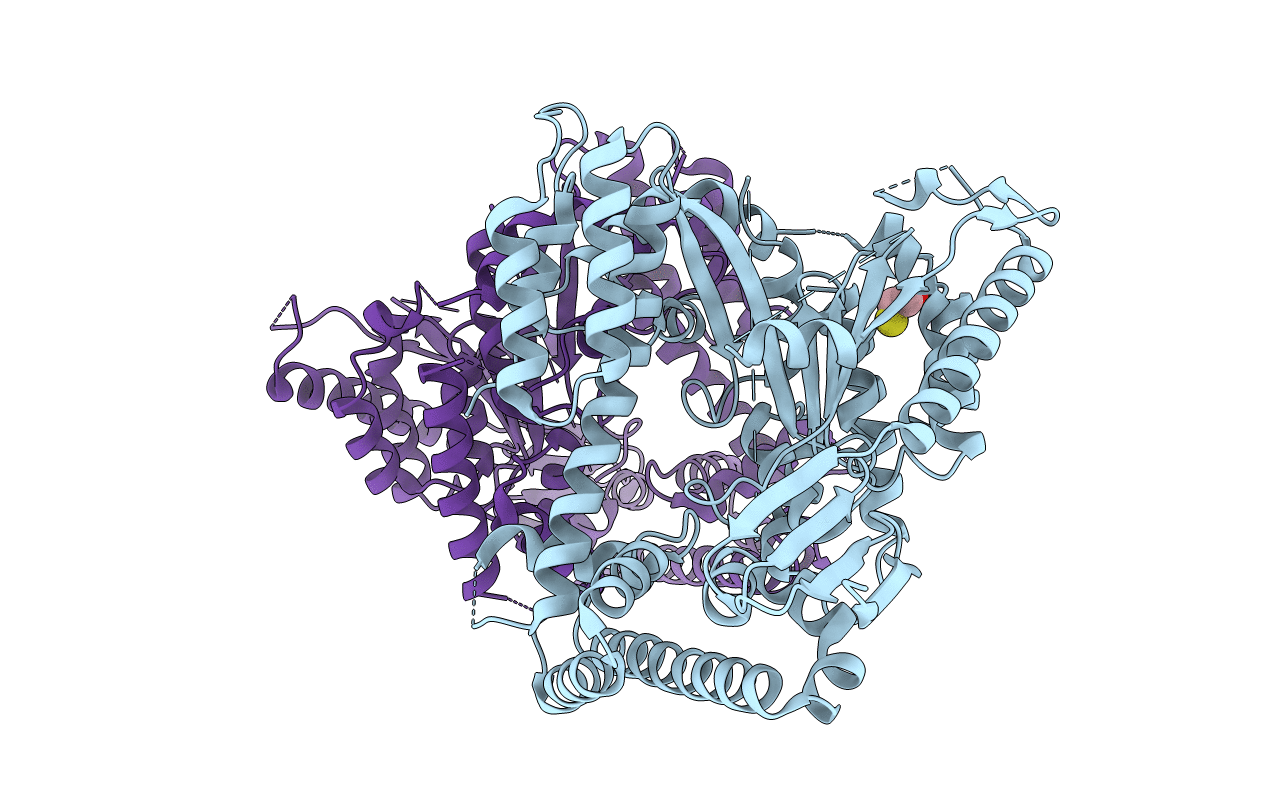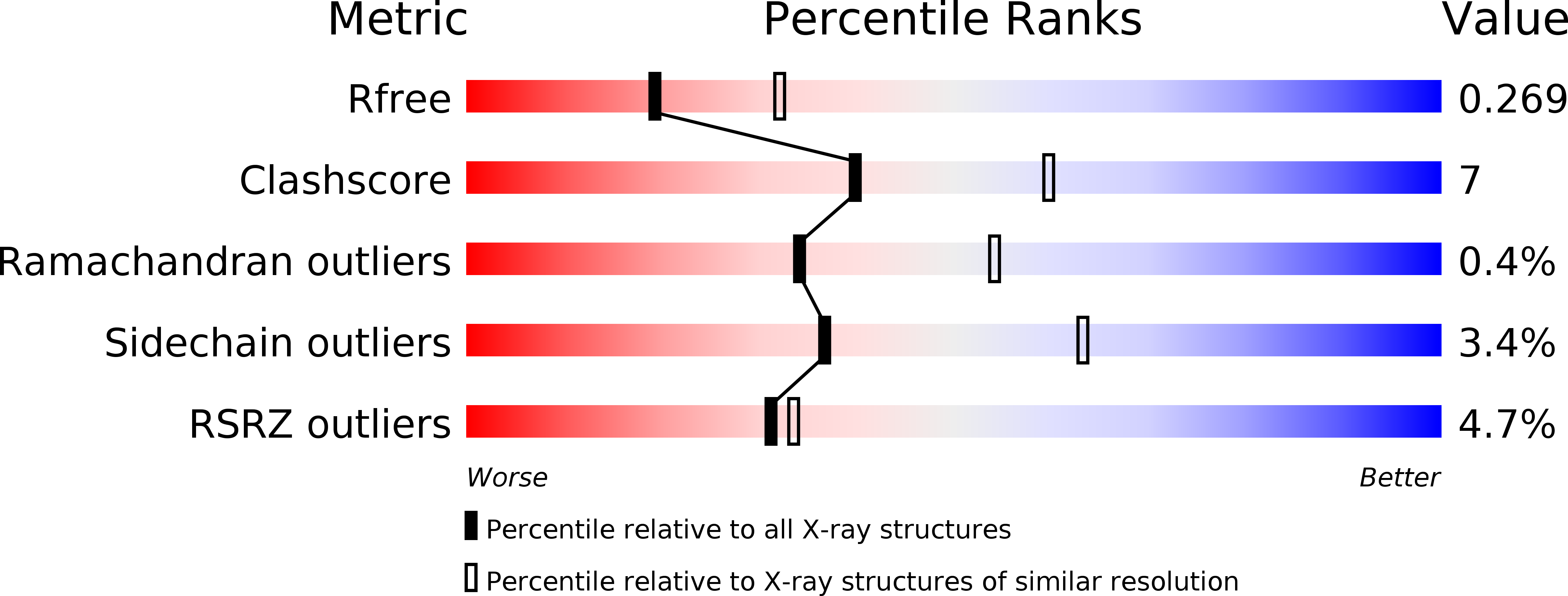
Deposition Date
2014-06-16
Release Date
2014-12-17
Last Version Date
2023-09-20
Entry Detail
Biological Source:
Source Organism:
Pseudomonas fluorescens (Taxon ID: 1037911)
Host Organism:
Method Details:
Experimental Method:
Resolution:
2.50 Å
R-Value Free:
0.26
R-Value Work:
0.20
R-Value Observed:
0.20
Space Group:
P 1 21 1


